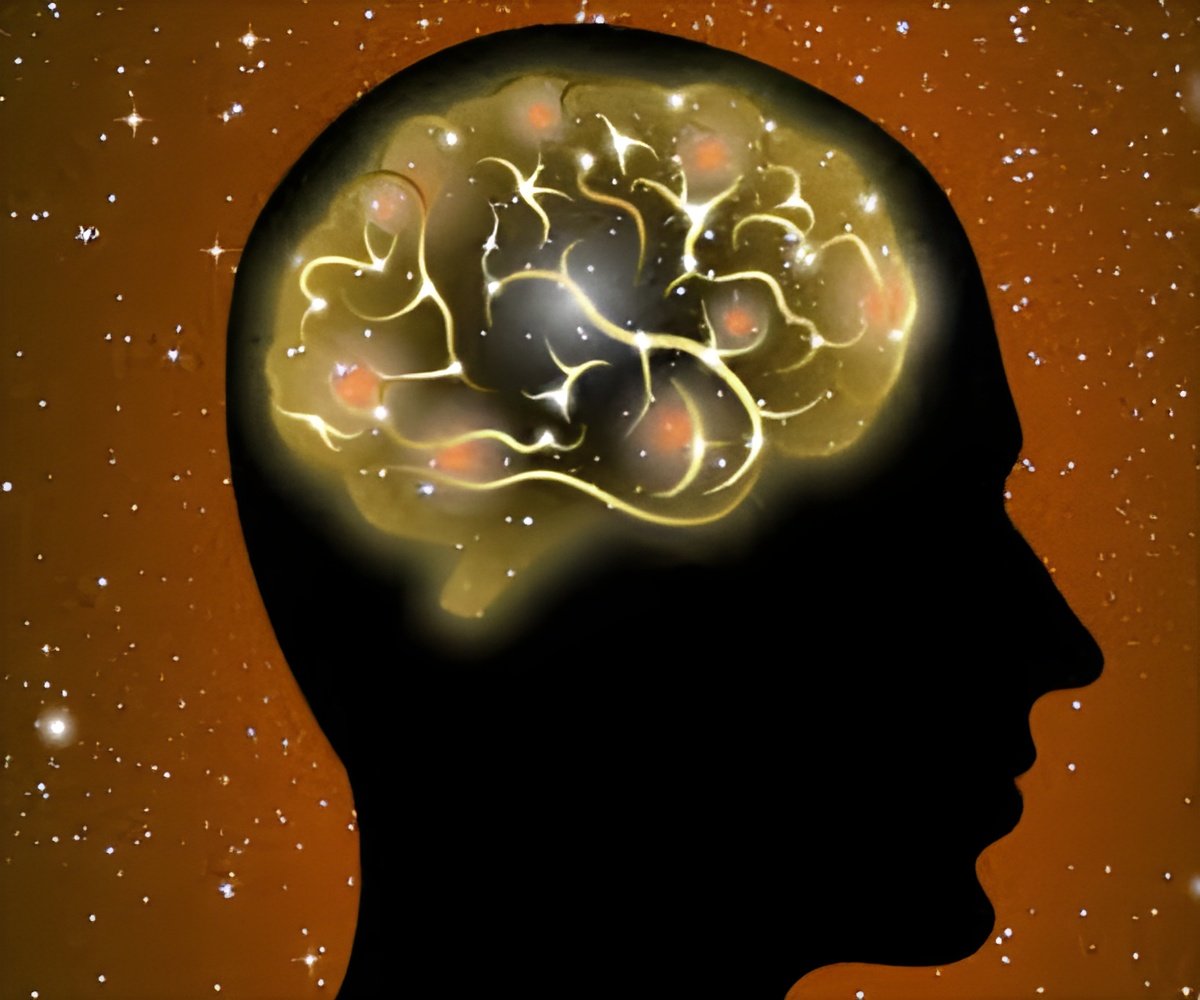
Two papers, published in the journals Proceedings of the National Academy of Sciences (PNAS) and PLoS One, provide the most comprehensive explanation to date of how mechanical forces can be translated into subtly disastrous physiological changes within the brain's neurons and vasculature.
"These results have been a long time coming," says principal investigator Kevin Kit Parker, a Professor of Bioengineering at Harvard's School of Engineering and Applied Sciences (SEAS) and a major in the U.S. Army. "So many young men and women are returning from military service with brain injuries, and we just don't know how to help them."
When the brain encounters a jarring force, such as an exploding roadside bomb, the delicate tissue slams against the skull. The result, if the patient survives, can be a temporary concussion, a more dangerous hemorrhage, or long-term TBI, which can even lead to the early onset of Parkinson's or Alzheimer's diseases.
Source-Eurekalert













